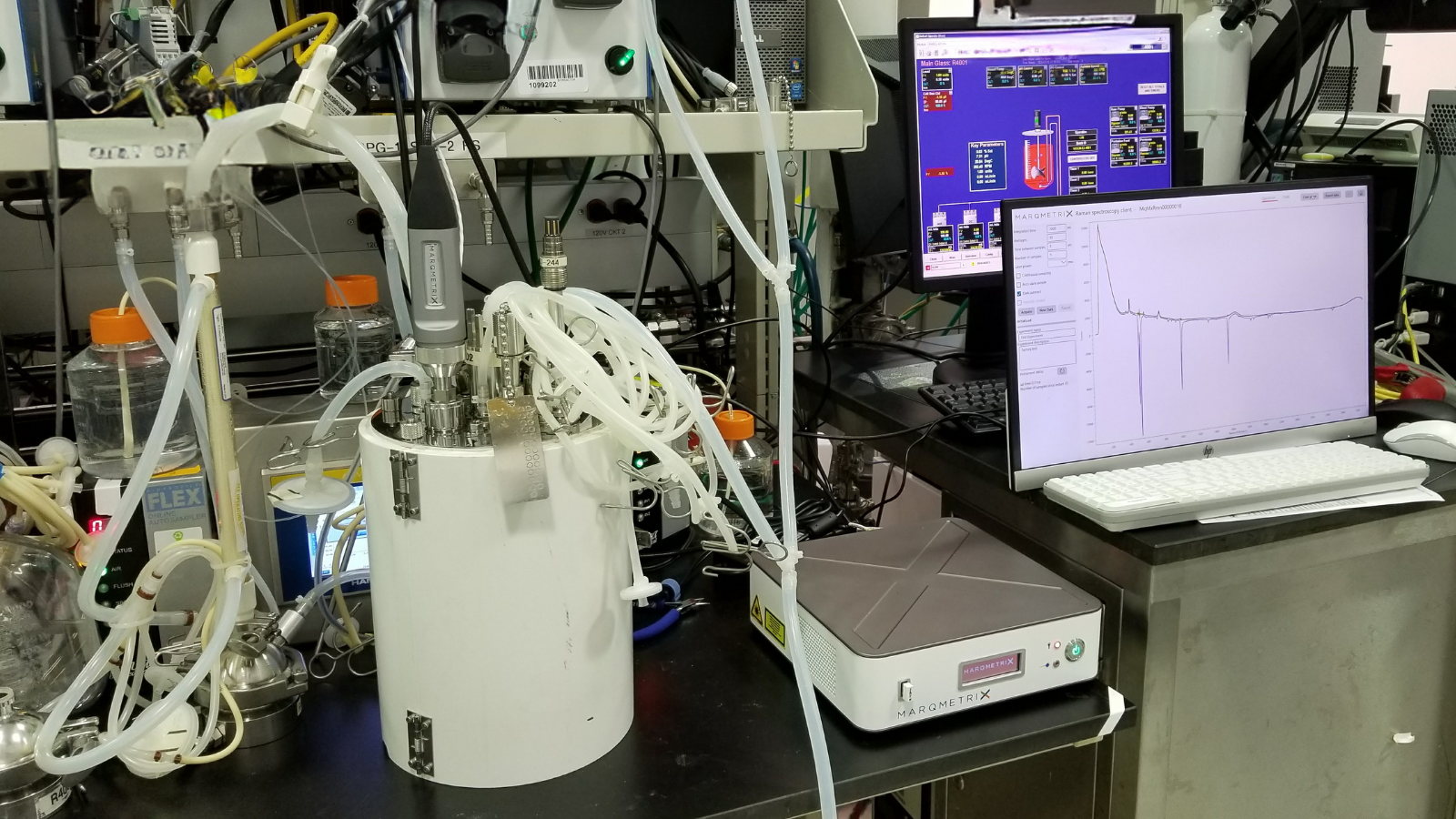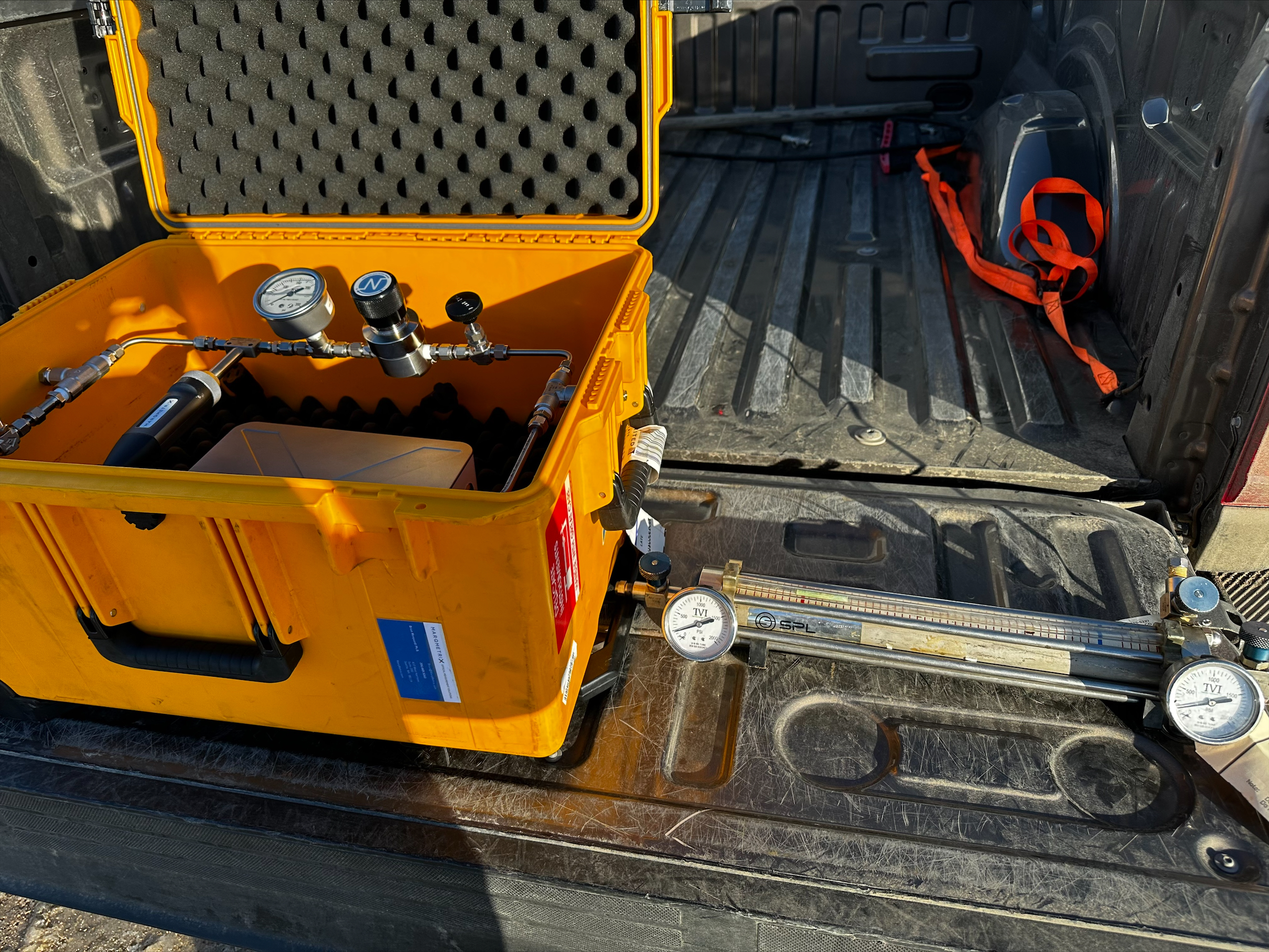What is Raman spectroscopy, and how does it relate to carbon capture processes?
Raman spectroscopy is a non-destructive analytical technique used to study molecular vibrations in various substances. It is employed in carbon capture processes to analyze and monitor the chemical changes and interactions of carbon dioxide (CO2) with capture materials.
Why is Raman spectroscopy valuable in carbon capture research?
Raman spectroscopy is valuable in carbon capture research because it allows researchers to observe real-time changes in the structure and composition of capture materials as they interact with CO2. This insight helps in optimizing the performance of capture materials and improving the efficiency of the carbon capture process. You can read how the Pacific Northwest National Lab (PNNL) is using Raman to monitor carbon capture processes here.
How does Raman spectroscopy work?
Raman spectroscopy works by shining a monochromatic laser light on a sample and measuring the scattered light. The resulting Raman spectrum provides information about molecular vibrations and can be used to identify the chemical species present in the sample.
What types of materials can be studied using Raman spectroscopy for carbon capture?
Raman spectroscopy can be used to study a wide range of materials, including solid sorbents, liquid solvents, and gaseous mixtures, that are commonly used in carbon capture processes.
Can Raman spectroscopy measure the transformation of CO2 into new materials?
Yes, Raman spectroscopy can be used to measure the transformation of CO2 into new materials. Raman spectroscopy is a powerful analytical technique that provides information about molecular vibrations and structural changes in a substance. When CO2 is converted into new materials, such as through chemical reactions or carbon capture processes, the resulting materials may have different molecular structures and vibrational modes. Raman spectroscopy can detect these changes, making it a valuable tool for monitoring and characterizing CO2 transformation processes and assessing the success of carbon capture and utilization technologies.
What information can Raman spectroscopy provide about carbon capture materials?
Raman spectroscopy can provide information about the structural changes, phase transitions, and chemical reactions that occur within capture materials during the CO2 capture process. It can also identify the presence of various chemical species, such as CO2, carbonates, and bicarbonates.
Is Raman spectroscopy suitable for in-situ monitoring of carbon capture processes?
Yes, Raman spectroscopy is well-suited for in-situ monitoring because it can provide real-time data on the performance of capture materials as they interact with CO2. This allows researchers to make adjustments and optimize the process while it is ongoing.
Is Raman spectroscopy widely adopted in carbon capture research and industrial applications?
Raman spectroscopy is gaining popularity in carbon capture research, especially in academic and research settings. Its adoption in industrial applications may vary, but it has the potential to improve the efficiency and effectiveness of carbon capture processes.
These FAQs should provide a foundational understanding of how Raman spectroscopy is used in carbon capture processes and its significance in advancing carbon capture technology. Researchers and engineers can leverage this technique to develop more efficient and sustainable methods for reducing CO2 emissions.
For more information, download our Raman for Carbon Capture brochure here.




